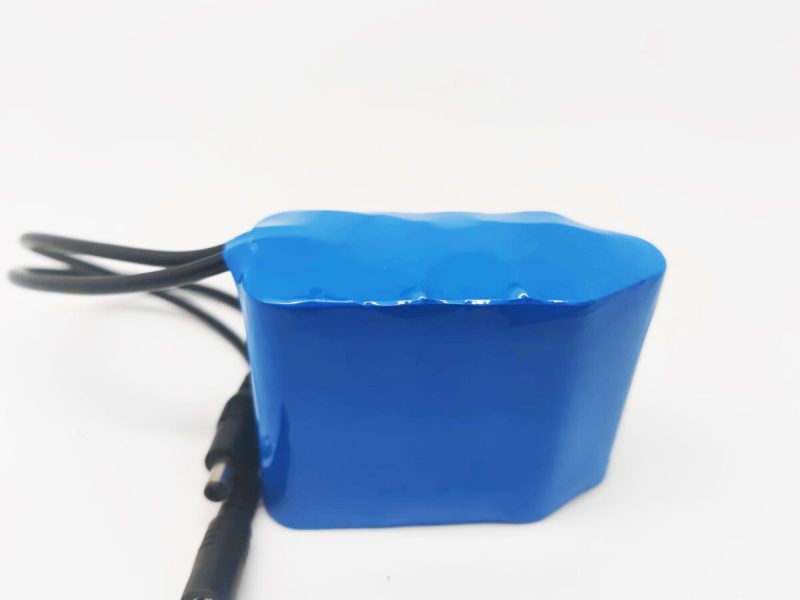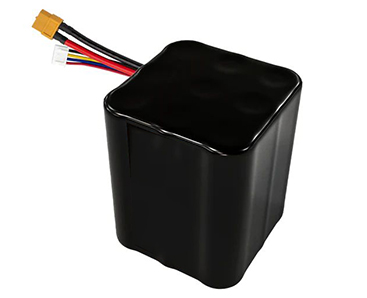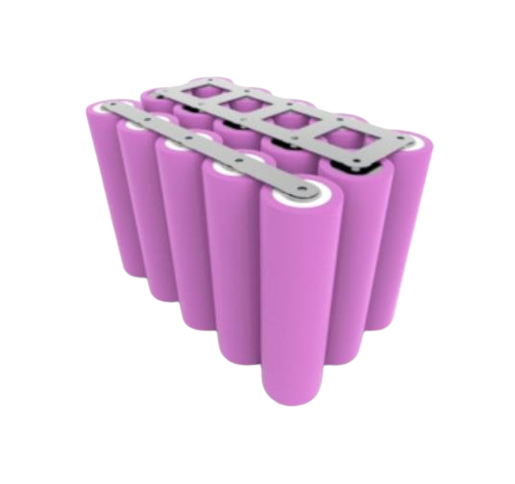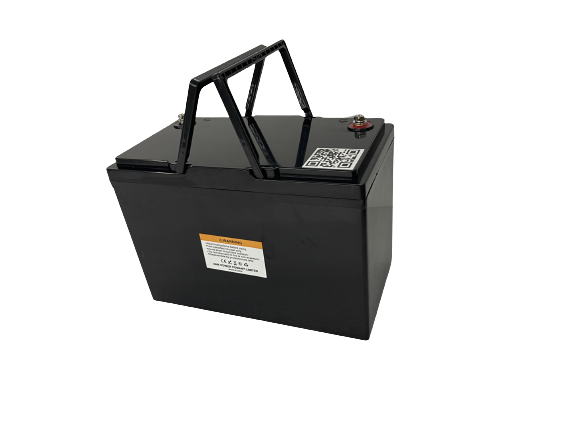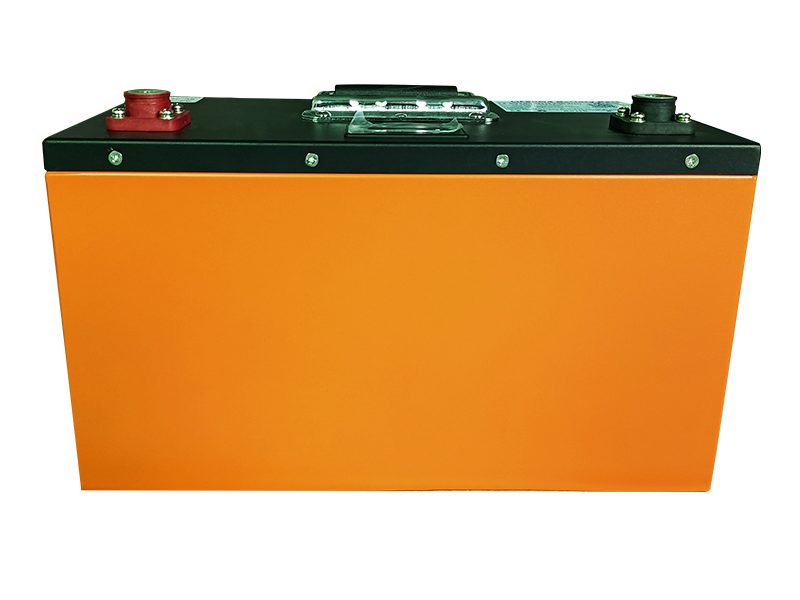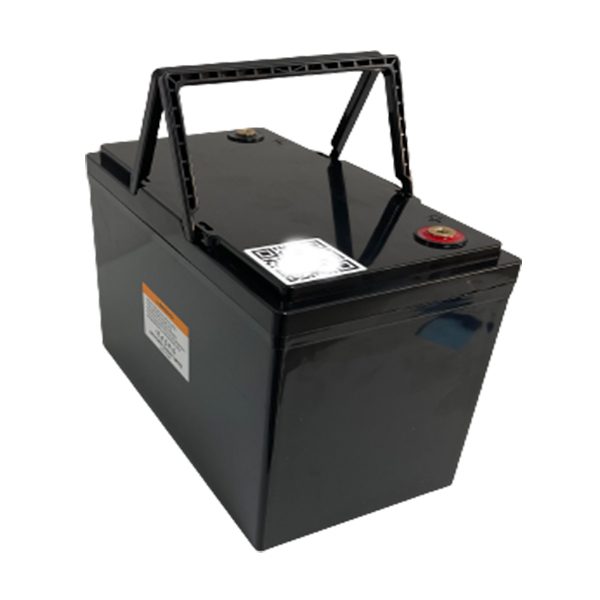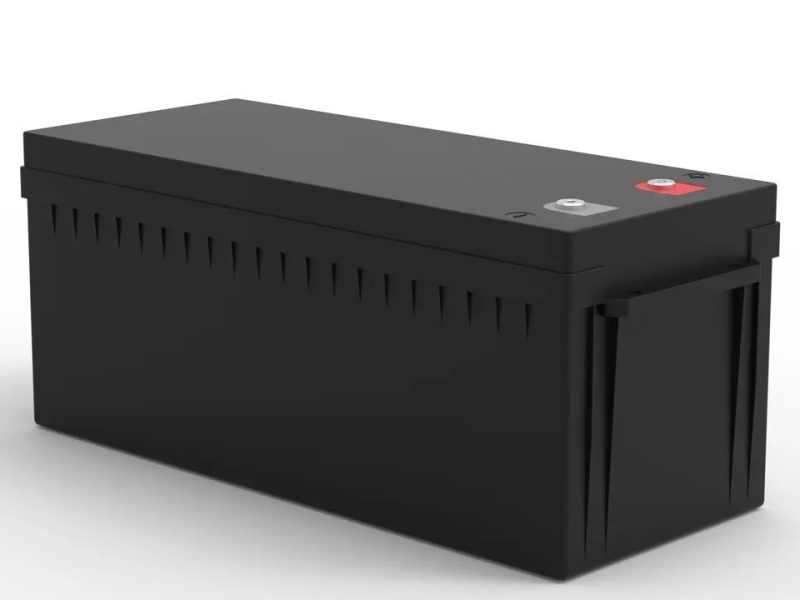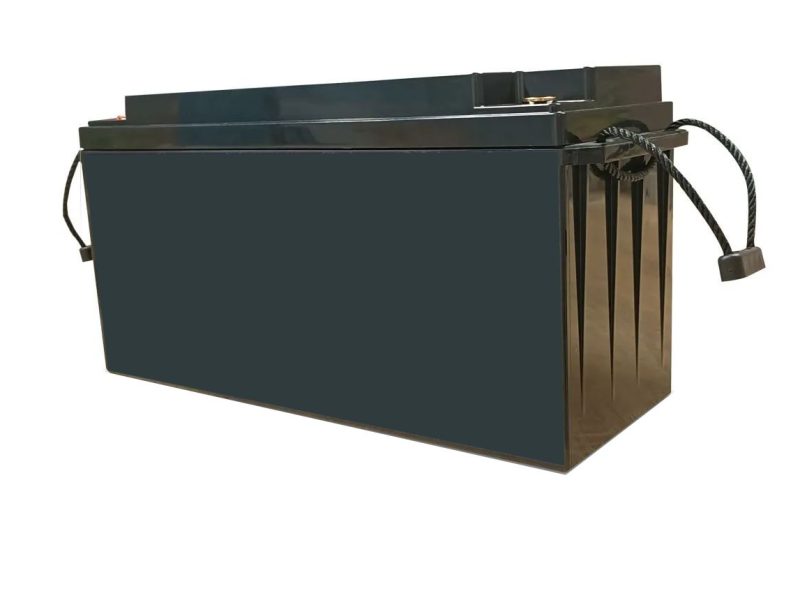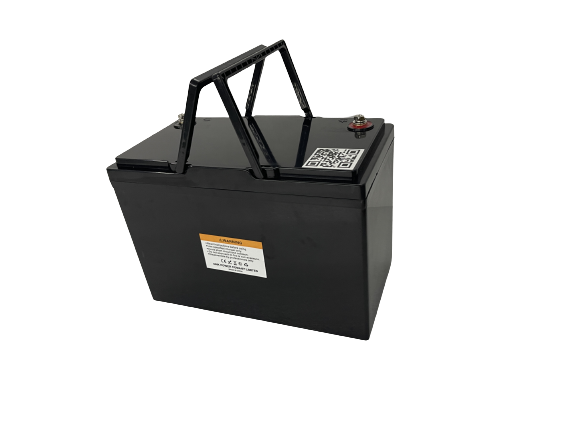How Wireless Trackers Benefit From Lithium Battery Technology
The wireless tracker means that the entire device has no external wiring, so it cannot obtain external power. The working life of the device is limited by the built-in power supply. The service life of the tracker battery is determined by the set positioning frequency. The higher the positioning frequency, the shorter the battery service life. Therefore, trackers are generally of the ultra-long standby type and can be used directly for 2-3 years without replacing the battery or charging.
Power Requirements of Tracking Devices
Modern wireless trackers require autonomous power solutions with:
✅ 2-3 year operational lifespan without charging/replacement
✅ Adaptive positioning frequencies (0.1Hz to 5Hz configurable)
✅ Ultra-low self-discharge (<2% monthly capacity loss)
Li-ion Battery is one of the most widely used rechargeable battery types currently, with multiple parameters and application ranges.
5 Critical Lithium Battery Parameters for Trackers
1. Capacity Optimization
Battery capacity is an indicator of the energy stored in a battery, usually measured in ampere-hours (Ah). A higher battery capacity means the battery is able to store more energy, providing longer use. Lithium-ion batteries range in capacity from a few hundred milliamp hours (mAh) to thousands of milliamp hours (mAh), depending on the size and design of the battery.
- Range: 300mAh to 5000mAh
- Real-world impact:
- 1000mAh = 3,650 positioning signals @1 time/hour
- Each additional 0.5Ah extends runtime by 146 days
2. Voltage Stability
The nominal voltage of lithium-ion batteries is usually 3.6V or 3.7V. The battery’s voltage gradually decreases during the discharge process, eventually reaching its cut-off voltage (usually 2.5-2.7V). Therefore, in order to keep the device working properly, lithium-ion batteries often need to be used in conjunction with a battery management system (BMS) to keep the battery voltage within a safe range.
- Nominal: 3.6V/3.7V (±1% variance)
- Protection: Triple-layer BMS with:
- Over-discharge cutoff (2.5V±0.1V)
- Load detection accuracy: ±25mA
3. Charge-Discharge Efficiency
The charge and discharge efficiency of lithium-ion batteries is usually as high as 90%-95% or more. This means that the battery can efficiently convert energy during charging and discharging, reducing energy loss and improving energy utilization.
| Cycle Type | Standard Cells | Vade Enhanced Cells |
|---|---|---|
| 0.2C Charge | 92% | 95% |
| Pulse Discharge | 88% | 93% |
4. Cycle Life Enhancement
The cycle life of a lithium-ion battery refers to the number of charge and discharge cycles that the battery can experience, usually based on a complete charge and discharge cycle. A good lithium-ion battery cycle life can reach hundreds to thousands of cycles, depending on battery quality, usage conditions, charging method, etc.
- Industry Standard: 500 cycles @80% DoD
- Vade Solution: 800+ cycles through:
- Nanoscale ceramic separators
- Electrolyte additive packages
5. Fast-Charging Capabilities
The charging rate of a lithium-ion battery refers to the charging current that the battery can accept. A higher charge rate means the battery can charge faster, shortening charging time. The charging rate is usually expressed in terms of rate (C-rate). For example, 1C means that the charging current is equal to a multiple of the battery capacity. Some lithium-ion batteries also have fast charging capabilities, which can achieve high-capacity charging in a short time to meet fast charging needs.
- Standard Rate: 0.5C-1C (2-4 hours charging)
- Turbo Mode: 2C charging with <3% capacity loss
Rocking Chair Principle in Tracker Batteries
Electrochemical Process Flow
When the tracker lithium battery is charged, lithium ions are released from the lithium-containing compound of the positive electrode, and the lithium ions move to the negative electrode through the electrolyte. The carbon material of the negative electrode has a layered structure with many micropores. The lithium ions that reach the negative electrode are embedded in the micropores of the carbon layer. The more lithium ions are embedded, the higher the charging capacity.
- Charging Phase
Li⁺ migration path:
Positive electrode (LiCoO₂) → Electrolyte → Graphite negative electrode layer
Capacity depends on the number of Li⁺ embedded in graphite micropores - Discharging Phase
When the battery is discharged (that is, the process when we use the battery), the lithium ions embedded in the carbon layer of the negative electrode are released and moved back to the positive electrode. The more lithium ions returned to the positive electrode, the higher the discharge capacity. What we usually call battery capacity refers to the discharge capacity.Li⁺ reverse migration:
Graphite negative electrode → Electrolyte → Positive electrode
Voltage stability: ±0.05V/hour
During the charging and discharging process of tracker lithium battery, lithium ions are in a state of movement from positive electrode → negative electrode → positive electrode. It’s like a rocking chair. The two ends of the rocking chair are the poles of the battery, and the lithium ions move back and forth on both ends of the rocking chair. Therefore, lithium-ion batteries are also called rocking chair batteries.
Battery Life Calculation Formula
How long is the battery life of tracker lithium battery? The battery life of a tracker lithium battery can vary significantly depending on several factors, including the battery’s capacity, the specific type of lithium battery used, the power consumption of the tracking device, and how frequently the device transmits or updates its location.
Runtime (days) = [Capacity(mAh) × 0.9] / [Average power consumption(mA) × Positioning frequency(times/hour) × 24]
Application example:
5000mAh battery × 10mA standby current × positioning once every 2 hours
= (5000×0.9)/(10×12×24) = 13.2 months
In general, tracker lithium batteries are known for their extended battery life compared to other battery types. They can often last several months or even years in low-power tracking devices. However, for high-power applications or devices that need to transmit data frequently, the battery life may be shorter, ranging from days to a few weeks.
Vade Battery Custom Solutions
Vade Battery offers Custom Rechargeable 18650, Li-ion battery, Lithium polymer and LifePo4 Battery Pack for Customers World-widely, Safe, Powerful & Cost Effective.
▮ Asset Tracking: 18650 battery packs with direct GPS module interface
▮ Pet Tracking: Curved LiPo batteries (15-25mm curvature)
▮ Industrial Monitoring: ATEX certified explosion-proof batteries
▮ Cold Chain: -40℃ low-temperature specialized electrolyte solutions
Pro Tip: Through our BMS cloud platform, you can monitor in real-time:
- Battery health (SOH)
- Remaining capacity (SOC)
- Abnormal temperature alerts
For a more precise estimate of battery life for your specific tracking application, it’s essential to consult with Vade Battery’s experts. We can provide detailed information based on the type and capacity of the tracker lithium battery and the power requirements of your tracking device.


